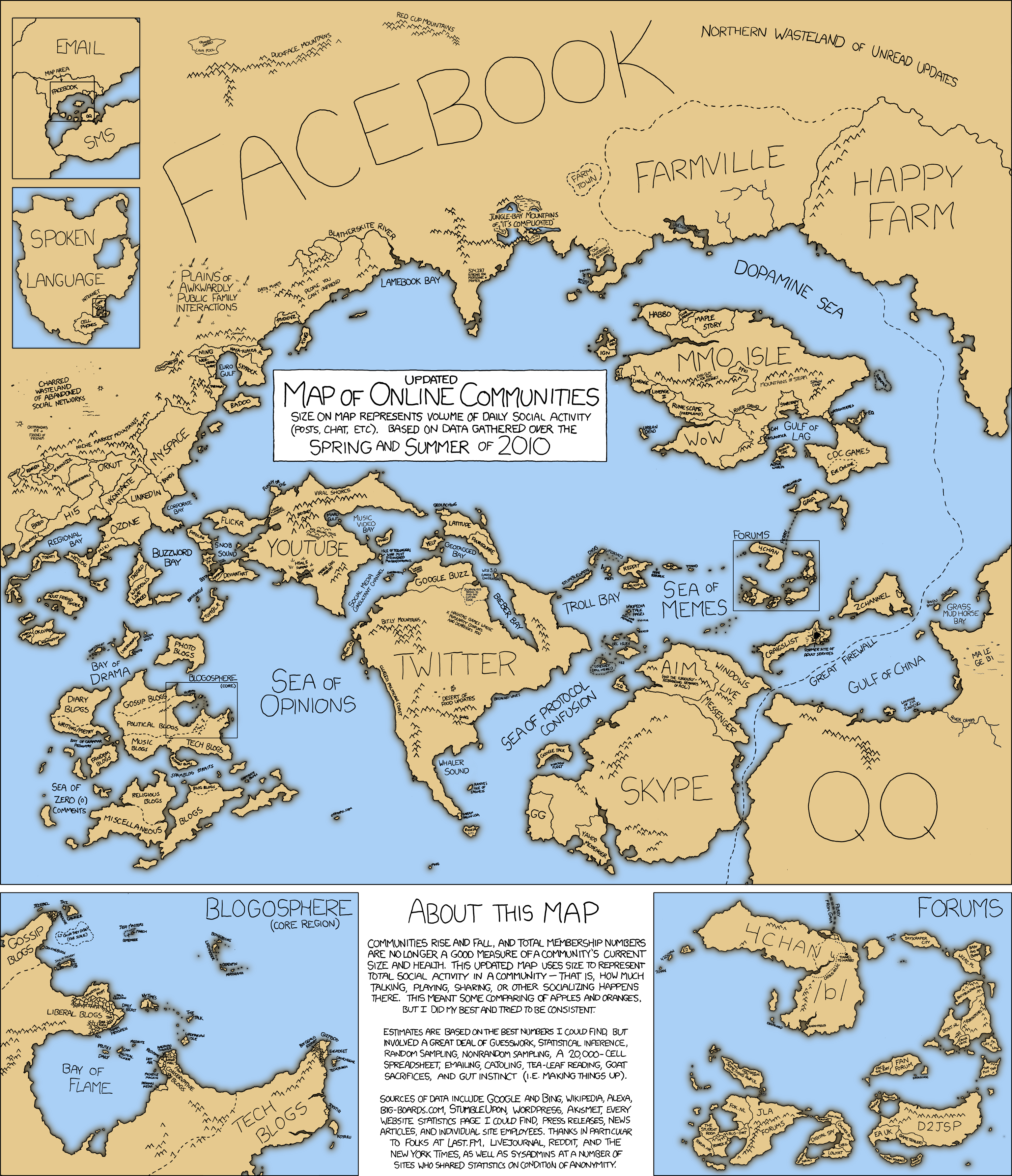I can believe that Chicago does better. That list almost certainly takes into account the metropolitan area, not just the city (Toronto proper is nowhere near as dense as New York). Boston, because of its make up as a metro area that just sort of enveloped existing towns that once upon a time where not connected to the city in any meaningful way because the distances were too great for the transportation at the time, whereas other cities grew and the suburbs sprouted in reaction to the city.
Take, for instance, the examples of Newton and Evanston, IL. Both are similar in population (Newton: 85,000; Evanston: 75,000), both are approximately the same distance from the downtowns of their respective core cities (about 10 miles) and both are home to a large college/university. However, Evanston has a population density of over 9,000 per square mile and is more centered around a single pole that has excellent transit links into downtown Chicago (subway and Metra commuter rail). Newton, on the other hand, has a population density only about half of that of Evanston and is still organized around its multiple villages. While some of these areas are well-served by the D Line, much of Newton is better off just jumping on the Turnpike if headed into the city outside of rush hour.
Also, Chicago has a suburban bus system, PACE, that has no Boston equivalent. It provides, from what I'm told, decent service throughout many suburbs that, under the MBTA, would probably be much worse.
That said, the numbers are somewhat surprising given that, just like Boston, many of Chicago's farther flung suburbs like Schaumburg are home to huge, suburban office parks and the region as a whole is fairly decentralized.




